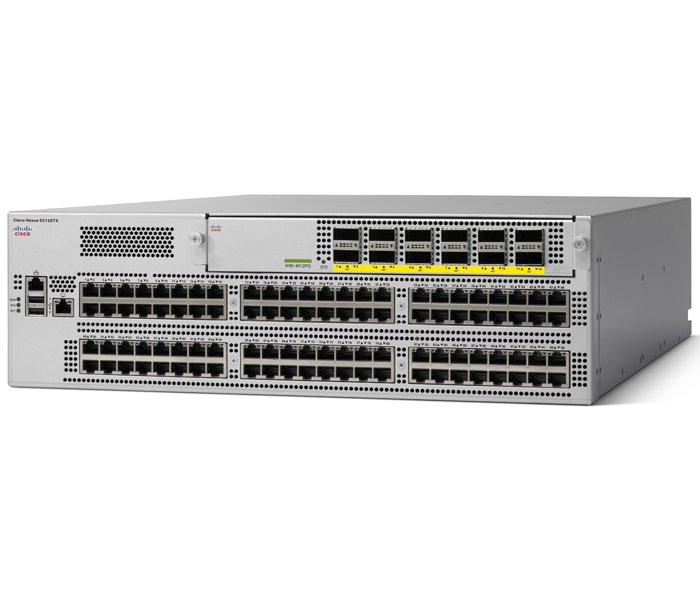Cisco believes software defined networking (SDN) is coming out of the hype cycle of the last year and reaching new levels of maturity through adoption, and it announced a number of additions to its Application Centric Infrastructure (ACI) it believes will further help customers bring automation to the network.
Using Cisco Live - held in San Francisco this week - as its launch pad, the network vendor said it is extending its policy model which includes physical and virtual infrastructures, to allow support for traditional Cisco networks and FlexPod Solutions and Vblock Systems.
Cisco director of systems engineering Craig Huitema told FOCUS that by tying in Cisco’s Nexus 9000 series switches, launched in March, Cisco is laying the foundation for future SDN deployments.
He said it is also helping clients become SDN ready for when Cisco launches its Application Policy Infrastructure Controller, which he anticipates will be sometime this summer.
“We have had ACI in the market for two quarters, and so far have over 1,000 customers in the pipeline,” Huitema said.
“We managed to get 175 customers in a very short period of time, across all different geographies and ranging from service providers to commercial enterprise environments.”
Cisco is also using its Application-centric virtual Switch (AVS) to bring the benefits of ACI to existing network infrastructure.
At Cisco Live, however, the focus was on new models of its 9000 services – the 9336PQ fixed switch for smaller ACI spine deployments and 9396TX Top of Rack switch, with 100M/1G/10G copper-based front panel port connectivity for three-tier network designs.
Huitema said combined, the announcements are all about offering a low-hassle way of insertion for customers wanting to take advantage of the ACI policy and extend it across their existing model.
“Customers can retain a single operating model and consistent policy model across all their physical virtual workloads, existing or new,” Huitema said.
“For existing workloads you can deploy Cisco’s AVS and in the hypervisor extend that policy model to the ACI of the virtual workloads. In the same fashion you could add the 9300 to your existing 7K infrastructure to extend the policy model to physical workloads.”
Huitema said early use cases seen for the Nexus 9000 series have mostly been driven by the need for automation of the network for the deployment of applications and services.
“But we are also seeing some customers starting to look at simulation, understanding how their applications are behaving on their infrastructure and then starting to optimize these,” Huitema said.

